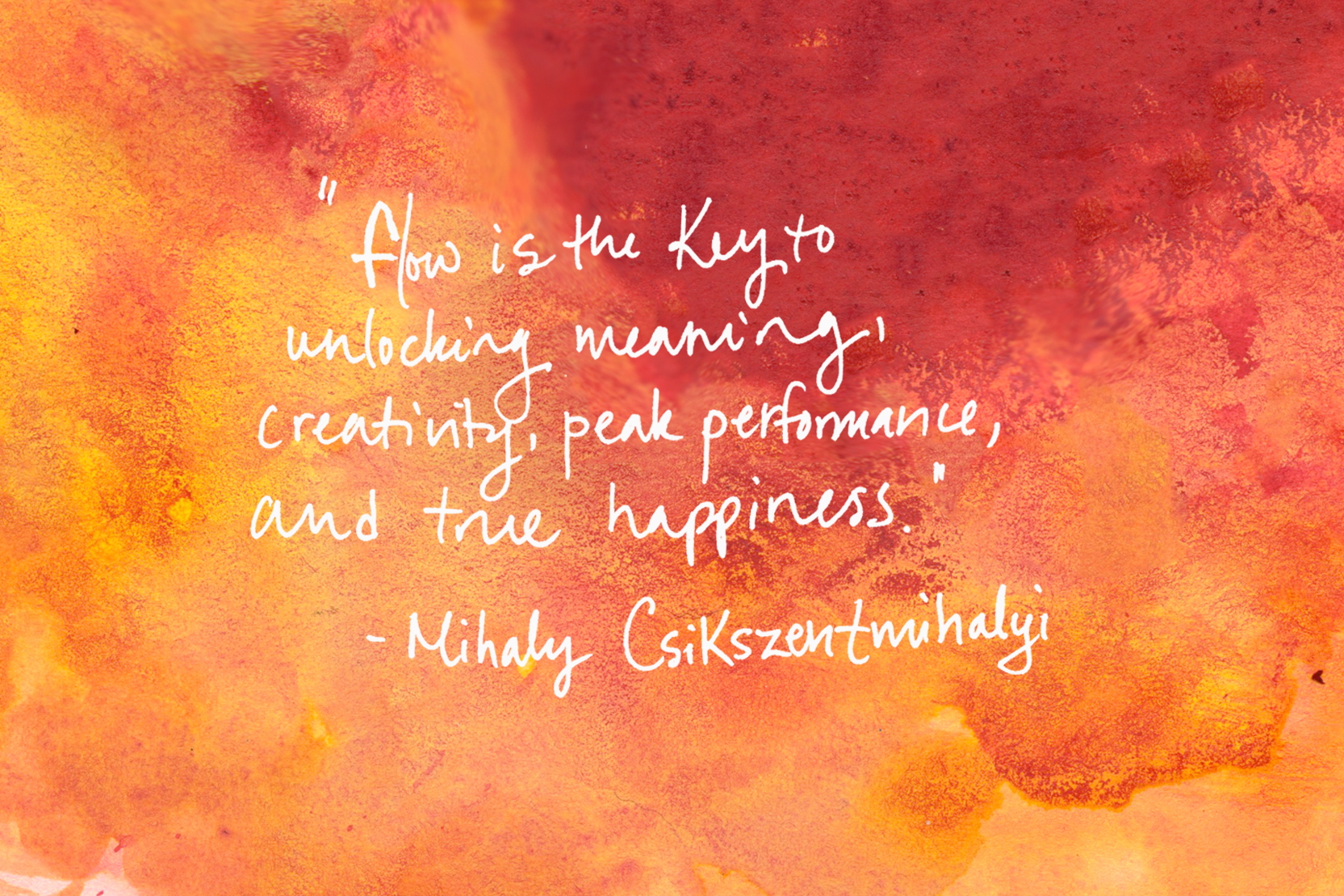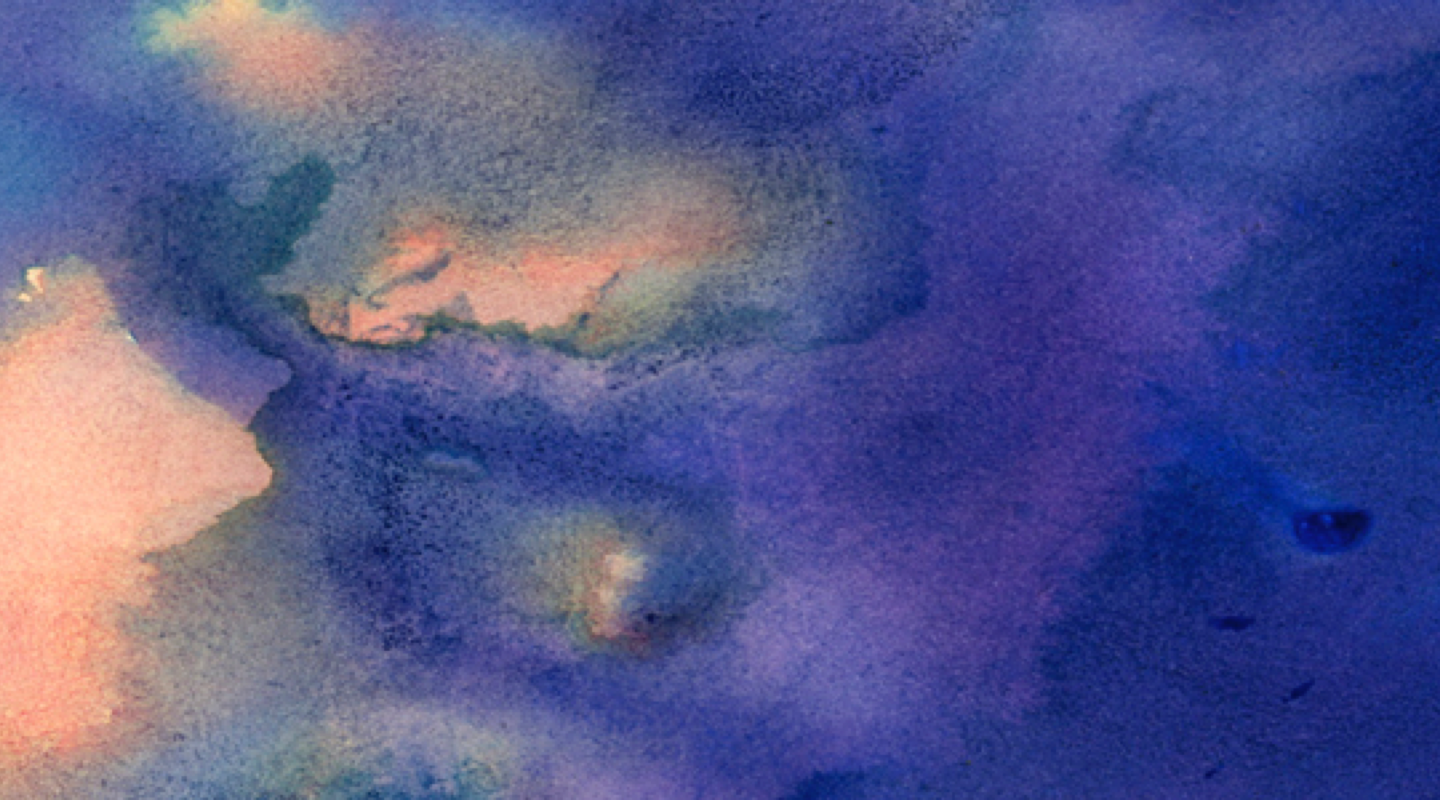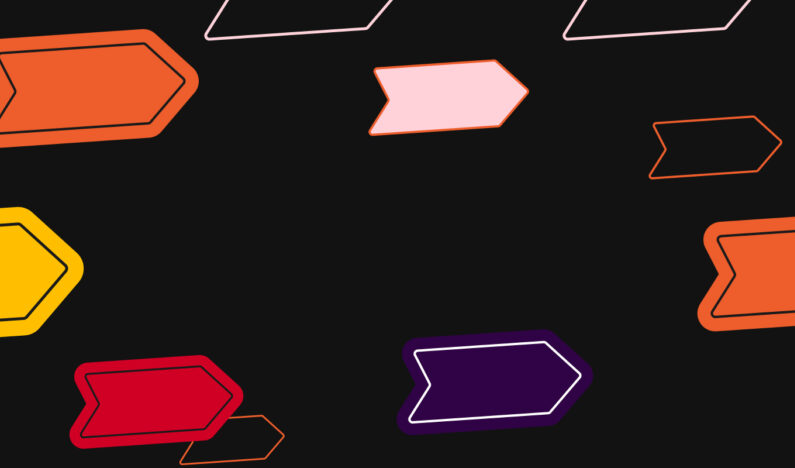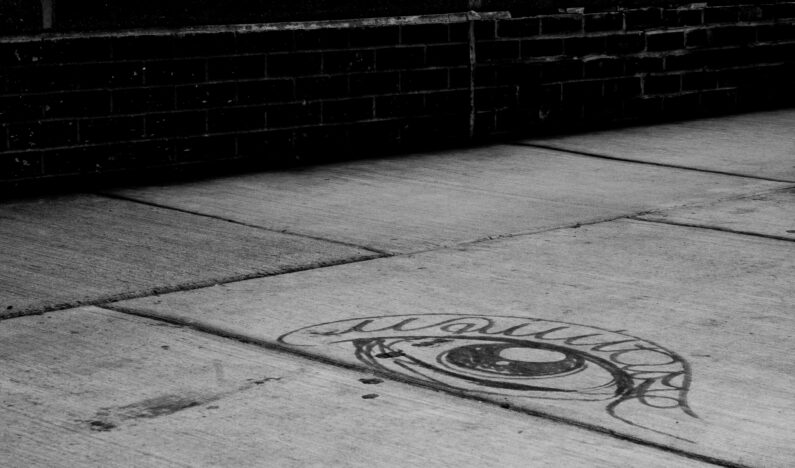A TIME TO FLOW
In the mid-1970s, Hungarian-American Psychologist Mihaly Csikszentmihalyi studied visual artists at work and coined the psychological term “flow”. He found that people were happiest when immersed in a state of complete absorption with the activity at hand. He observed flow in writers, musicians, and athletes as well. A person in flow loses track of time and even their sense of self. Flow is deeply connected to the Eastern philosophies of mindfulness, meditation, and yoga and to both Buddhist and Taoist teachings, among other spiritualties.
Flow? What’s that? And what does it have to do with design?
Now that we are in the middle of the busy and stressful holiday season, we yearn to slow down, to become quiet in the mind and body, to reconnect to those near and dear, and to reconnect to our personal sources of joy. What we need is an opportunity to flow.
THE ELEMENTS OF FLOW
The following need to be present in an experience of flow: concentration, merging of action and awareness, loss of self-consciousness, sense of personal control and agency, the work to master the activity, and the experience of the activity as intrinsically rewarding. Flow occurs when a person’s skills meet the challenge. This graph illustrates flow.
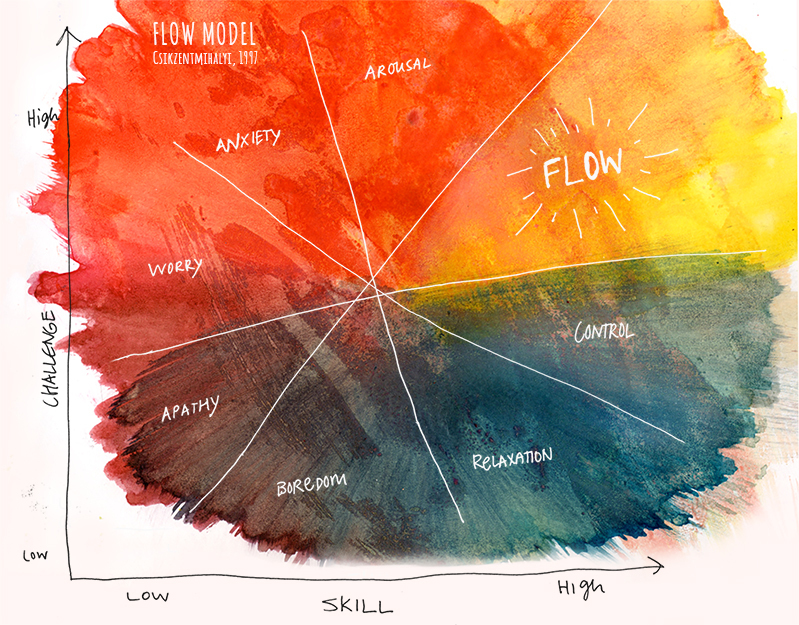
A STATE OF FLOW IS NATURAL FOR CHILDREN
Many graphic designers spent hours drawing as a child. These are the kids who spontaneously made their own toys, whose imaginations were rich and complex. Art making is particularly suited to flow experiences because it is material based and the result of an intuitive process. Talent isn’t required, just the ability to use the tools comfortably so that they do not impede the creative process.
FLOW IS MORE DIFFICULT TO COME BY IN ADULT LIFE
But flow is essential to finding happiness in our work. I didn’t realize it at the time, but the flow experience led me to study art in undergrad, and to pursue a MFA in Fine Art. The goal for my MFA was to go places I hadn’t been before with paint, to combine color, texture, line and shape in increasingly complex and contradictory ways. In this pursuit, I became adept at understanding my intuitive process, and through research, connected it with flow. In fact, the pursuit of flow, even more so than the resulting paintings, became my MFA thesis work. Being in flow while making art is the only experience that consistently leaves me feeling completely alive and full of joy, in a state of complete confidence, trusting my instincts.
Design is a different process than creating fine art. As designers, we are taught to be analytical, to have a well defined concept before executing a project, to be able to defend our decisions. Certainly, there are intuitive aspects to design: it is possible to achieve flow in the initial stages of concepting, associative thinking and sketching ideas, but often the execution of a design project is a cerebral and piecemeal experience. I enjoyed the initial steps of design, but designing digitally? Not so much.
When first learning design software, I was frustrated constantly. For the first couple of years of learning the digital programs necessary to design, I was stuck in a place of high challenge and low skills. I was anxious and frustrated that I could not create the designs I saw in my head. I was far from any sort of flow experience and often felt like design wasn’t for me. It is easiest to quit when you are first learning a new skill. This quote from Ira Glass speaks to this stage in the learning process.
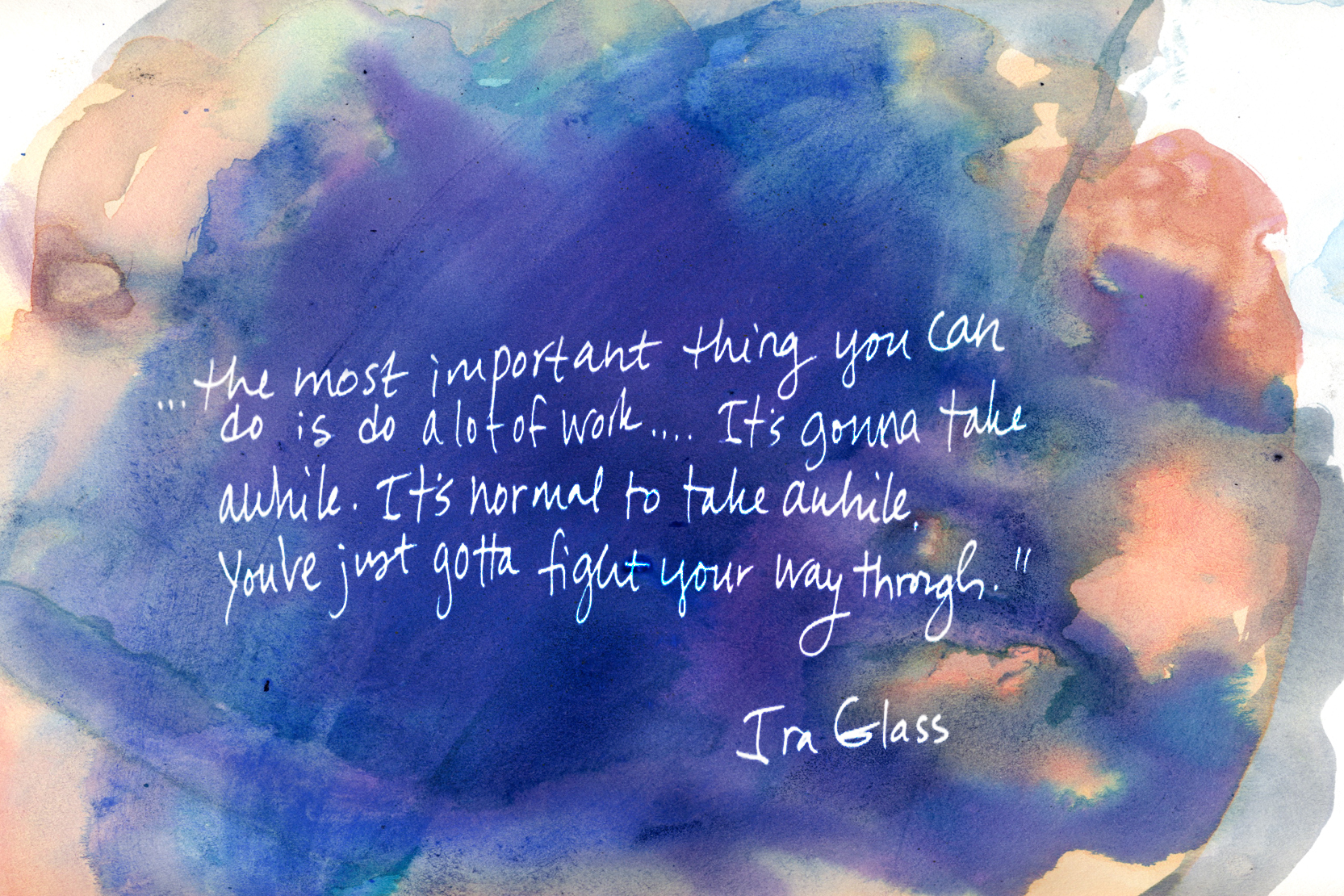
Before I began my internship at Cricket Design Works, I wasn’t sure if it was possible to reach a flow state while designing digitally. That changed about a month and a half into my internship. This summer I worked on a logo design for one of our clients. After submitting a first round of designs for review, our client shifted priorities and we started a new direction. I began work on a second round of logo drafts, first on paper, and then shifted to Adobe Illustrator. I had a whole afternoon to work. I began to improvise within Illustrator and came up with several new design concepts using the tools in the Adobe software. Three hours later I found I was hungry, and was surprised when I realized how much time had passed. I had finally reached a place of fluency with the software where I could solve problems in real time. This was the experience of flow I had been waiting for.
TO FLOW IS TO GROW
After years of work, and six weeks of practice in Illustrator at Cricket Design Works, I reached a level of agency in which I could meet the challenges of design using digital tools, just like I can with a brush in my hand. Flow experiences always involve a growth principle; to maintain a flow state an individual must continuously seek increasingly greater challenges, but challenges that don’t evoke anxiety - just enough of a challenge to encourage attention and to prompt the curiosity “of what would happen if…”
The holidays are a time for family and friends, and for the lucky ones, a few extra hours or days to spend as we wish. I always try to save a little time for some art making and flow. How could you find flow over the holidays? Perhaps you already have an activity you love to lose yourself in. Or maybe you could experience flow while mastering a new cookie recipe or coming up with a special new way to decorate presents with pinecones and ribbon. As we hit reset with the New Year, perhaps it is a time to reflect on those experiences of flow and pure joy you have experienced in your life. How can you foster a sense of awakening, being alert and alive to the possibility of creation and progress in your daily life, your work, or in your leisure time?
